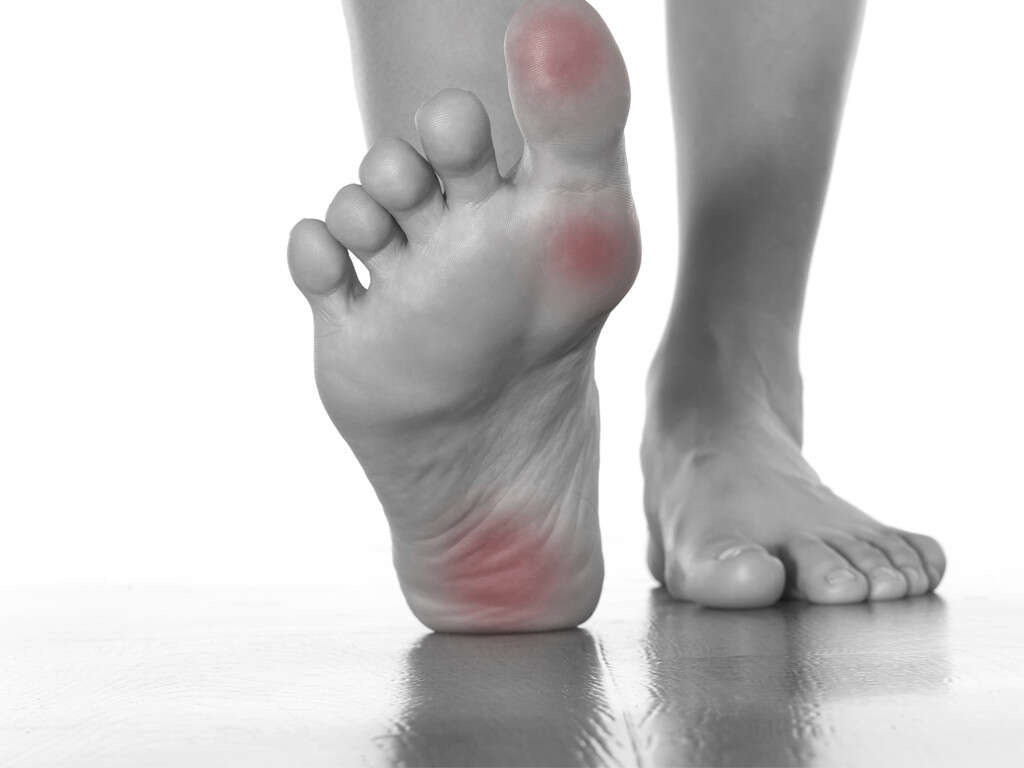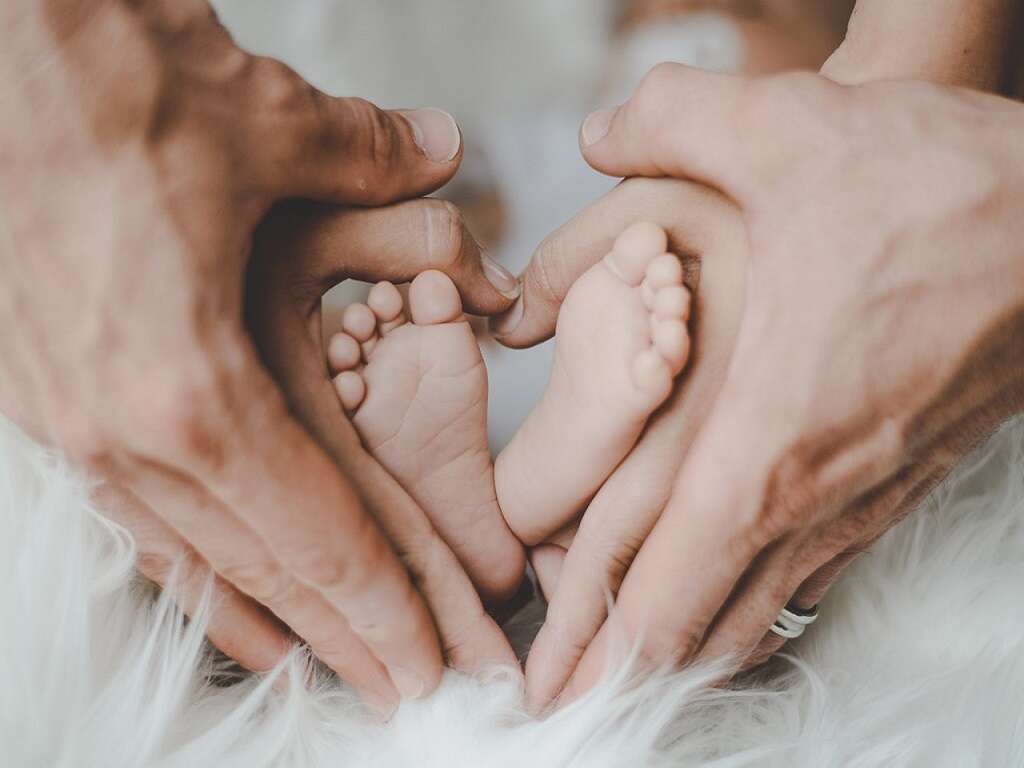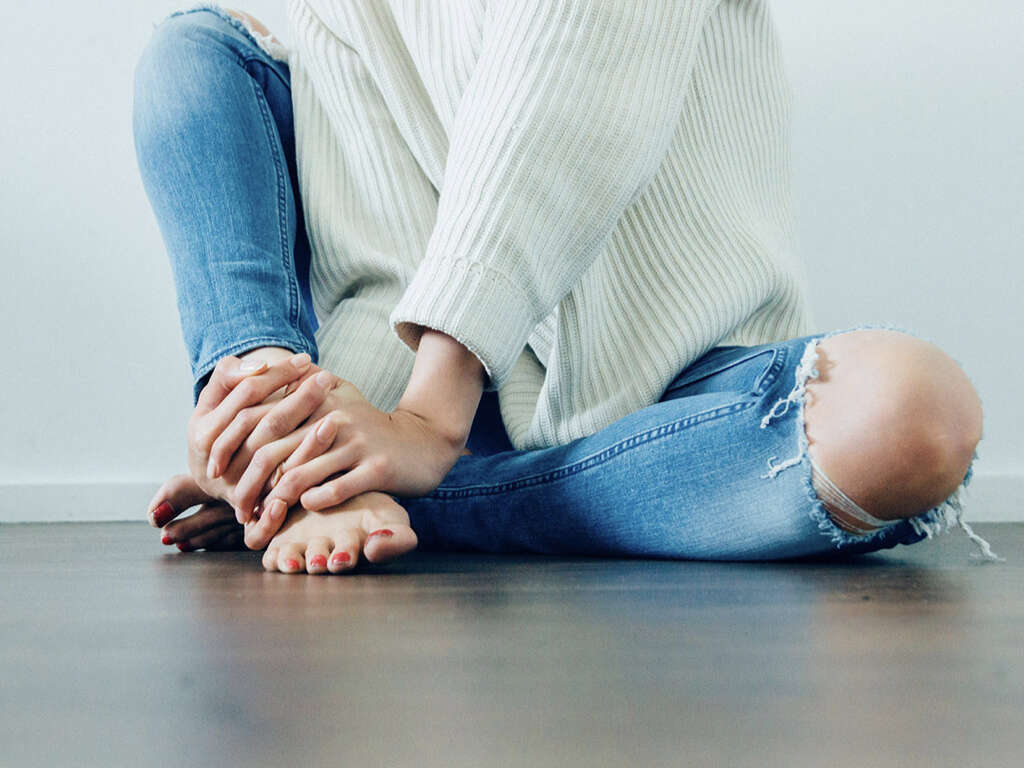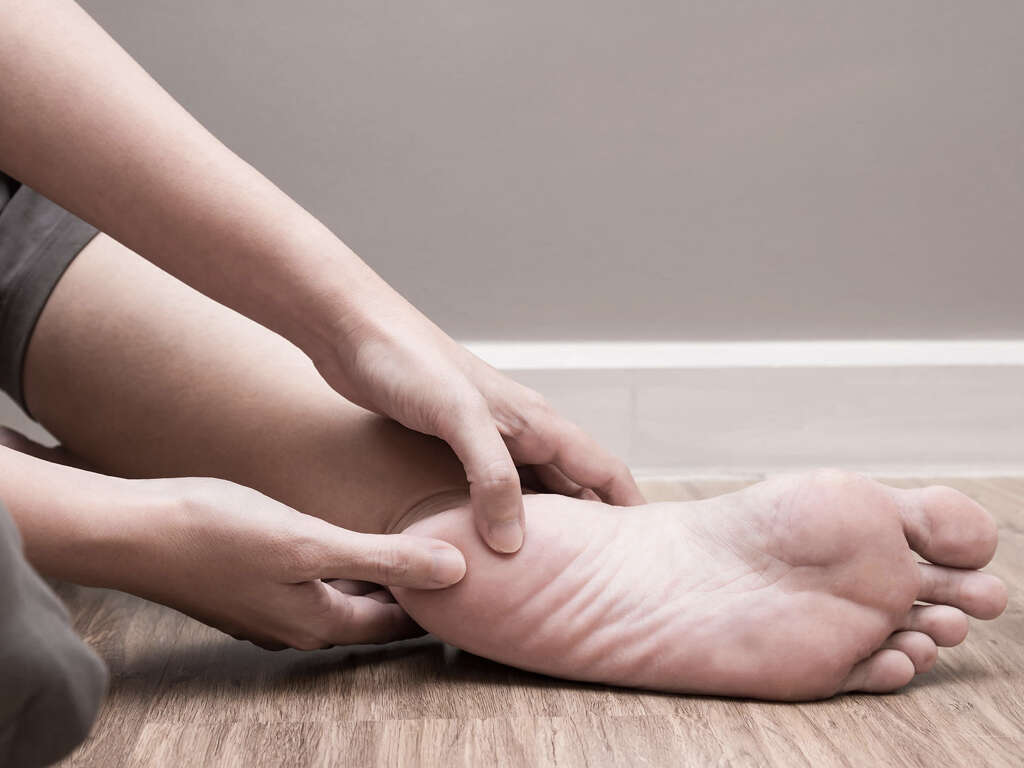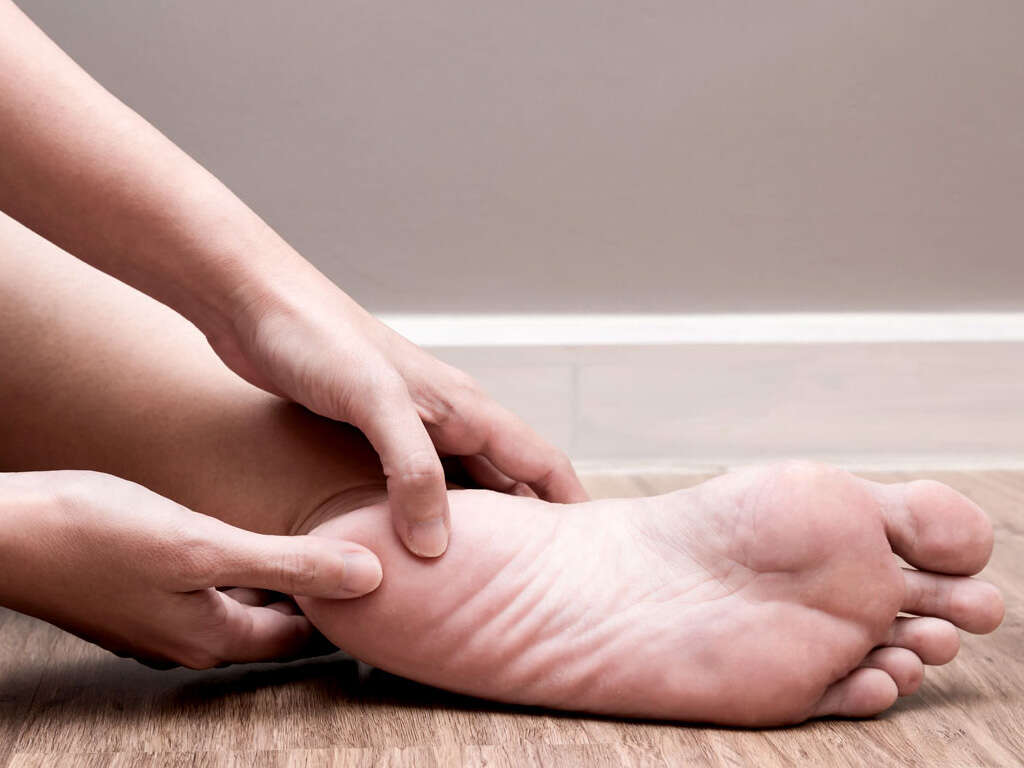10 Sever's Disease Symptoms
Sever's disease is a painful condition that occurs in the heels of children and adolescents. It happens when the Achilles tendon pulls on the growth plate of the heel bone, causing inflammation and pain from repeated stress during the rapid growth of puberty.1‘Sever’s Disease FAQ: What Is It? What Are Symptoms And Treatment?’ Washington University Orthopedics, www.ortho.wustl.edu/content/Patient-Care/3189/Services/Pediatric-and-Adolescent-Orthopedic-Surgery/Overview/Knee-Education-Overview/Severs-Disease.aspx
Sever's disease rarely causes long-term damage or arthritis. However, it can be quite painful, but it usually heals on its own within a few months or once the growth plates close. In most cases, it can be managed at home with anti-inflammatory medication, rest and stretching.
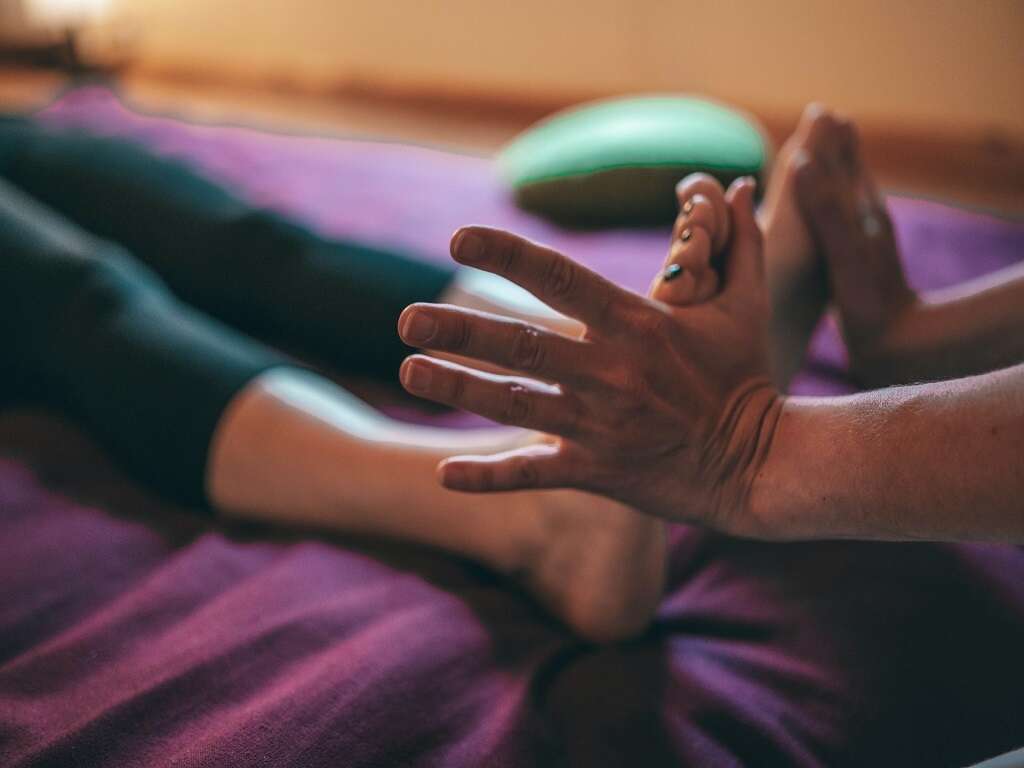
Heel Pain
Heel pain caused by Sever's disease is felt at the base of the heel, toward the back. It can be severe when standing, walking, running, jumping or any other activity that causes the feet to come in contact with the ground. It can also cause a dull ache when resting due to inflammation. When the bottom of the heel is pressed, it feels bruised.
Tenderness in the heel when pushed or squeezed is another hallmark symptom. Sever's disease can cause pain in one or both heels. Even if only one is affected, both need to be looked after simultaneously.

Tiptoeing
The tendency to tiptoe instead of walking heel-to-toe is a familiar symptom to almost every adolescent with Sever's disease. Children try to avoid pain in the heel by changing the way their feet hit the floor.
Children can walk on their toes for other reasons, but if a child also feels pain in the heel, there's a good chance there's an injury to the area where the heel plate and Achilles tendon are joined.
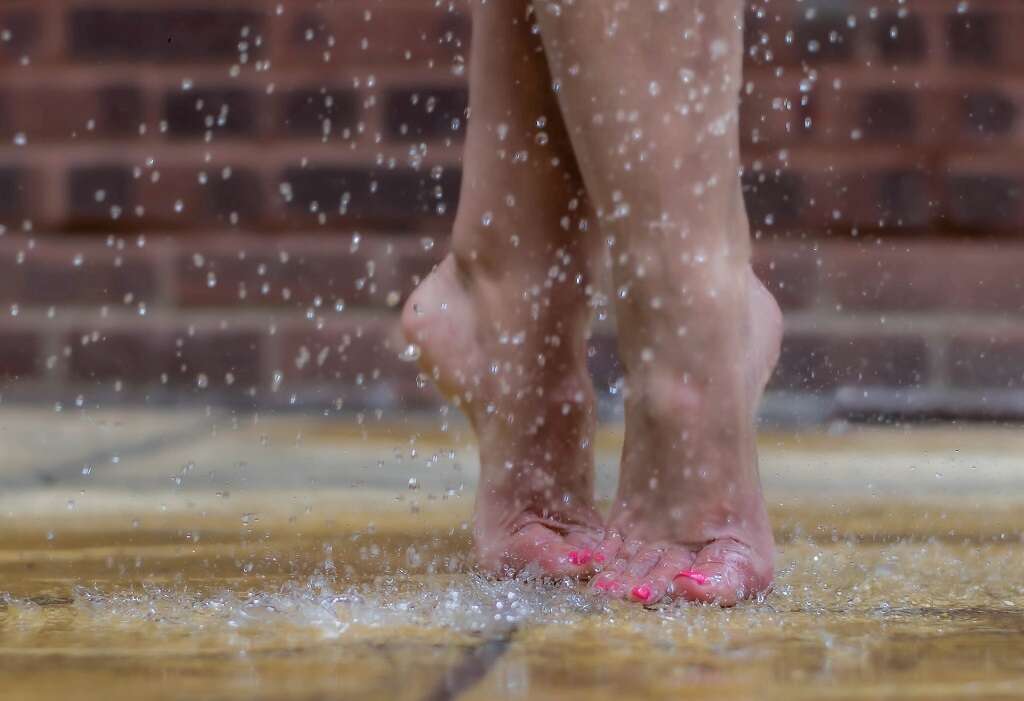
Foot Stiffness Upon Waking
If a child's feet feel like stiff boards when they first roll out of bed in the morning, they might have Sever's disease. The Achilles tendon gets tight at night during rest. When it's stretched in the mornings, it pulls at the insertion point in the heel bone, which is already inflamed and painful.
Stiffness in the feet upon waking is a symptom of Sever's disease that can mimic other problems. It's important to see a medical professional to rule out other ailments.

Athletic Problems
Children tend to be very active on the school playground, in the neighborhood and on sports teams. Sever's disease can impact these normal, everyday activities and make them feel impossible.
Sometimes Sever's disease can cause so much pain with activity, children aren't motivated to walk, much less play a high-impact sport. Activities, such as baseball, soccer and gymnastics, tend to get put on the backburner when the pain is greater than the reward.
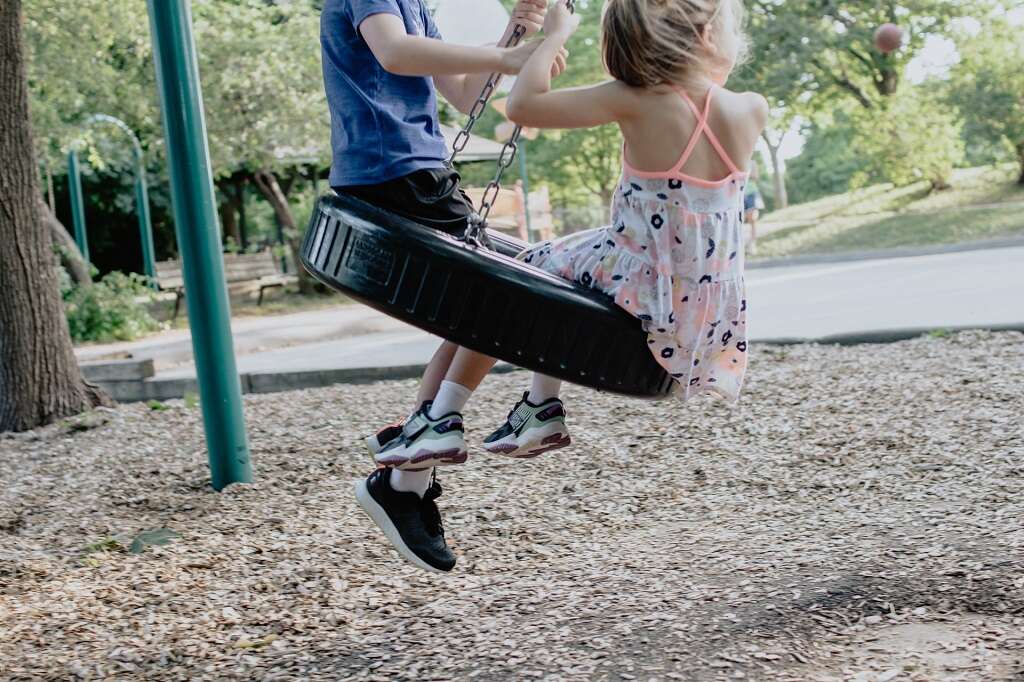
Swelling
Swelling is the body's response to an inflammation or injury. In fact, it's usually one of the first signs of an injury, as the body moves fluid and white blood cells to the injured area. Swelling can mean fluid is either inside or outside a joint.
Swelling can prevent the use of a body part to protect it from further damage. Children should not return to sports and activities until the swelling and pain are resolved.

Inflammation
When the heel area has been damaged due to Sever's disease, inflammation might be one of the first symptoms to appear. There are two types of inflammation, acute and chronic. Injuries like Sever's disease cause acute inflammation.
Inflammation is caused by chemicals from white blood cells moving through the body to protect it from invaders. It's indicative of an injury or some other type of problem. The inflammation is related to redness and swelling and resolves with ice, rest and anti-inflammatory medications.

Redness
Redness and discoloration in the heel are caused by increased blood flow and are a common symptom of an injury. Increased blood flow in the area is part of the body's healing process, as it's one of the first defense mechanisms, usually occurring alongside inflammation and swelling.
The red area is usually warm to the touch, but that's not always the case. It may subside when the inflammation is resolved, which can be aided with ice and anti-inflammatory medication.

Limping
Limping is a prevalent symptom of Sever's disease. Sometimes, one heel might hurt worse than the other. It's also possible that one of the heels won't hurt at all. In this case, the child may develop a limp. Sometimes a short cast or walking boot is necessary to force-rest a heel.
According to Washington University Orthopedics, 60 percent of children have both heels involved.1‘Sever’s Disease FAQ: What Is It? What Are Symptoms And Treatment?’ Washington University Orthopedics, www.ortho.wustl.edu/content/Patient-Care/3189/Services/Pediatric-and-Adolescent-Orthopedic-Surgery/Overview/Knee-Education-Overview/Severs-Disease.aspx When both heels are affected, even walking can become seemingly unbearable.
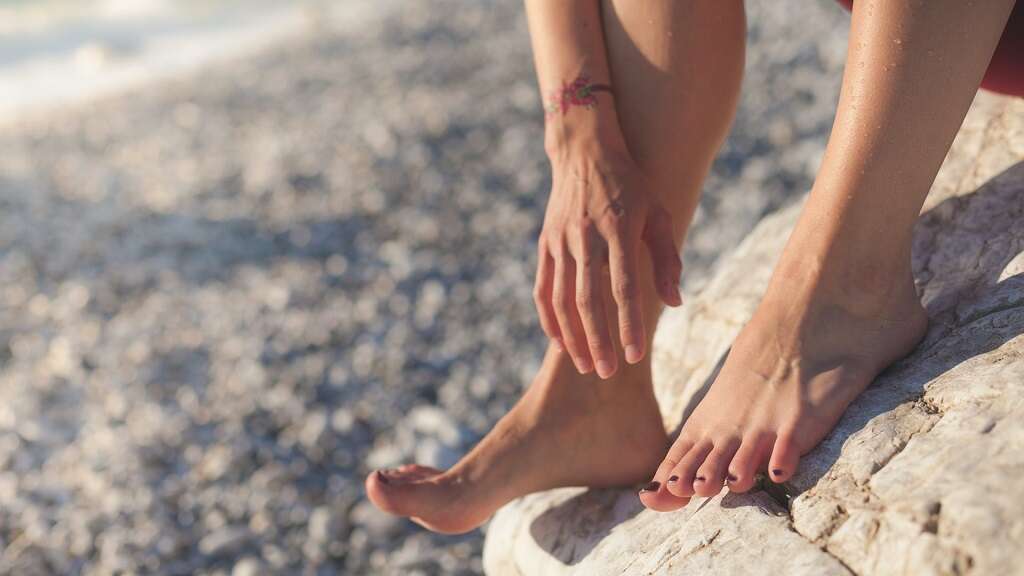
Difficulty With Strenuous Activities
When dealing with tender heels during Sever's disease, it's imperative to modify activity levels to decrease pain. Cutting back on the frequency of activity, as well as the intensity, can significantly improve symptoms.
When a child begins playing on a sports team, or multiple sports teams, practice can take quite a toll on developing joints, muscles and tendons. This injury isn't likely to heal if a child tries to play through the pain.
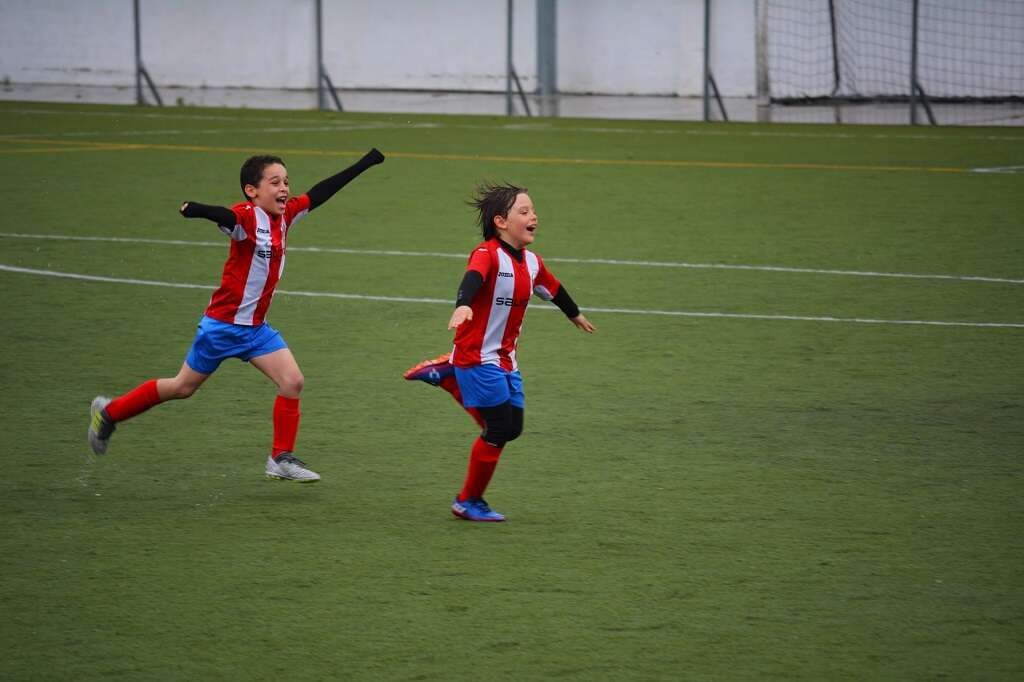
Squeeze Test Pain
One test that medical professionals might administer to adolescents who are struggling with heel pain has been dubbed the squeeze test. Doctors squeeze the heel on both sides, which elicits pain in children who have Sever's disease.
This is one of the most indicative tests available because Sever's disease doesn't show up on an X-ray. The squeezing of the heel is very firm, and pain is almost always prevalent with this type of injury.




